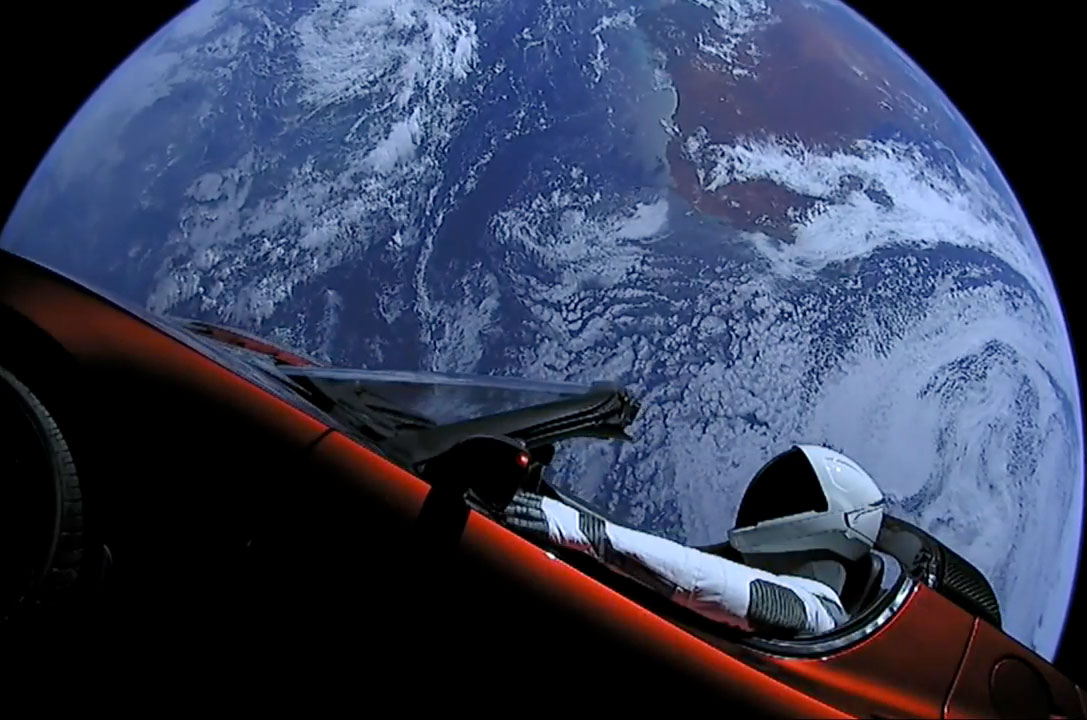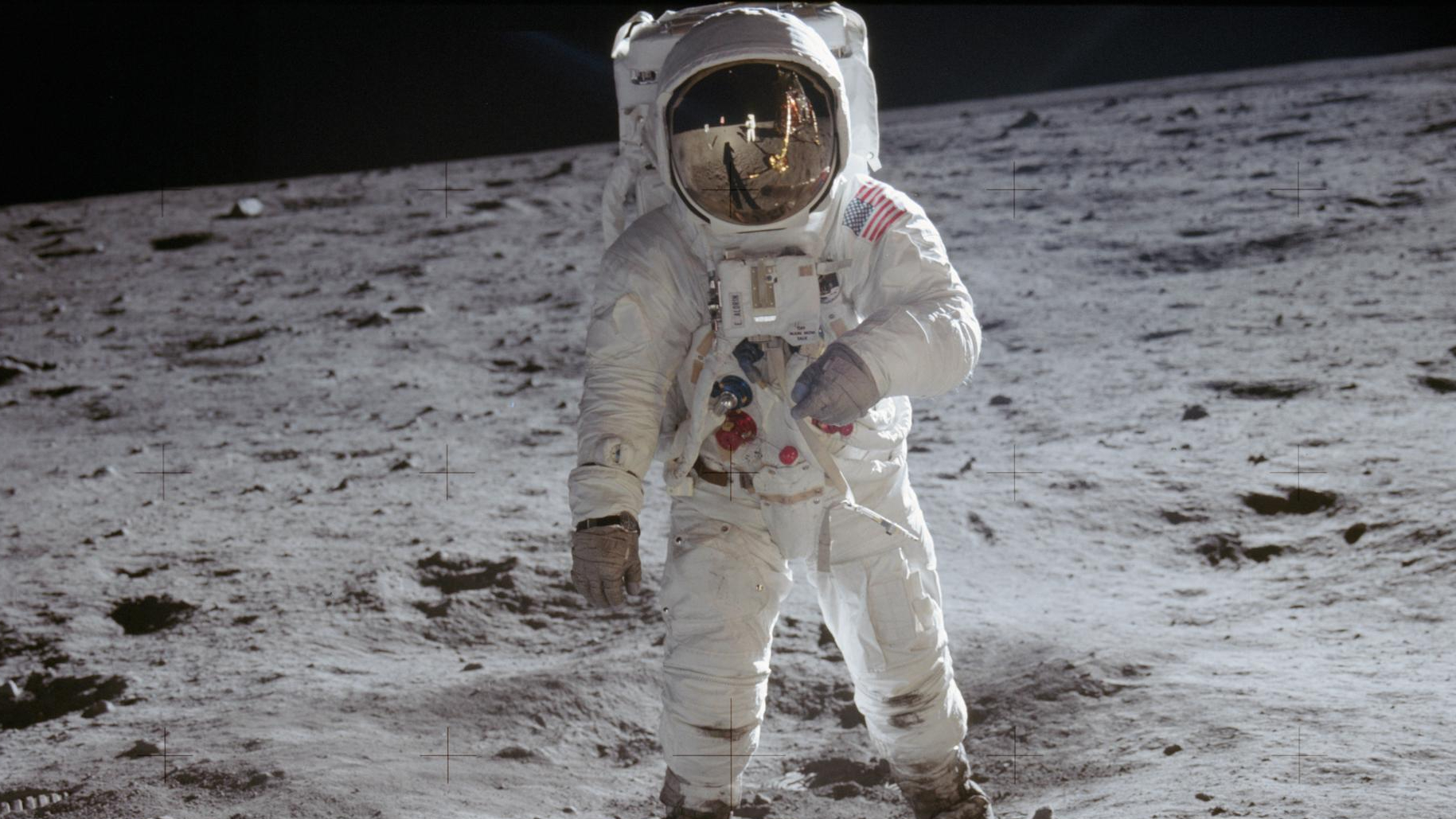
Starman just cruised by Mars for the first time.
The spacesuit-clad mannequin is "driving" SpaceX founder and CEO Elon Musk's Tesla Roadster, which launched in February 2018 on the debut flight of the company's powerful Falcon Heavy rocket. And the duo just hit a big milestone on their cosmic journey.
"Starman, last seen leaving Earth, made its first close approach with Mars today — within 0.05 astronomical units, or under 5 million miles, of the Red Planet," SpaceX announced via Twitter Wednesday (Oct. 7). (One astronomical unit is the average Earth-sun distance — about 93 million miles, or 150 million kilometers.)
SpaceX's epic road trip: Starman rides a Tesla roadster across space (photos)
Starman and the Roadster circle the sun once every 557 Earth days, according to the tracking site whereisroadster.com. As of today, car and driver have covered nearly 1.3 billion miles (2.1 billion km) in space — far enough to drive all of the roads on Earth more than 57 times over, whereisroadster.com calculated.
And the duo will probably rack up a lot more space miles before they're done. The Roadster will eventually barrel into either Venus or Earth, likely within the next few tens of millions of years, a 2018 orbit-modeling study determined . But the chances of an Earth or Venus impact in the next million years are just 6% and 2.5%, respectively.
Starman, last seen leaving Earth, made its first close approach with Mars today—within 0.05 astronomical units, or under 5 million miles, of the Red Planet pic.twitter.com/gV8barFTm7October 7, 2020
Debut launches of new rockets are risky things, which explains why SpaceX decided to put Starman and the Roadster aboard the first Falcon Heavy liftoff as a dummy payload. Marketing may have been another factor, of course; Musk also runs Tesla, a leading electric-car manufacturer.
Breaking space news, the latest updates on rocket launches, skywatching events and more!
The Falcon Heavy has since launched two more missions, both of them operational flights. The booster lofted the communications satellite Arabsat-6A in April 2019 and delivered two dozen payloads to orbit for a variety of customers two months later.
Mike Wall is the author of "Out There" (Grand Central Publishing, 2018; illustrated by Karl Tate), a book about the search for alien life. Follow him on Twitter @michaeldwall. Follow us on Twitter @Spacedotcom or Facebook.
Join our Space Forums to keep talking space on the latest missions, night sky and more! And if you have a news tip, correction or comment, let us know at: community@space.com.

Michael Wall is a Senior Space Writer with Space.com and joined the team in 2010. He primarily covers exoplanets, spaceflight and military space, but has been known to dabble in the space art beat. His book about the search for alien life, "Out There," was published on Nov. 13, 2018. Before becoming a science writer, Michael worked as a herpetologist and wildlife biologist. He has a Ph.D. in evolutionary biology from the University of Sydney, Australia, a bachelor's degree from the University of Arizona, and a graduate certificate in science writing from the University of California, Santa Cruz. To find out what his latest project is, you can follow Michael on Twitter.
